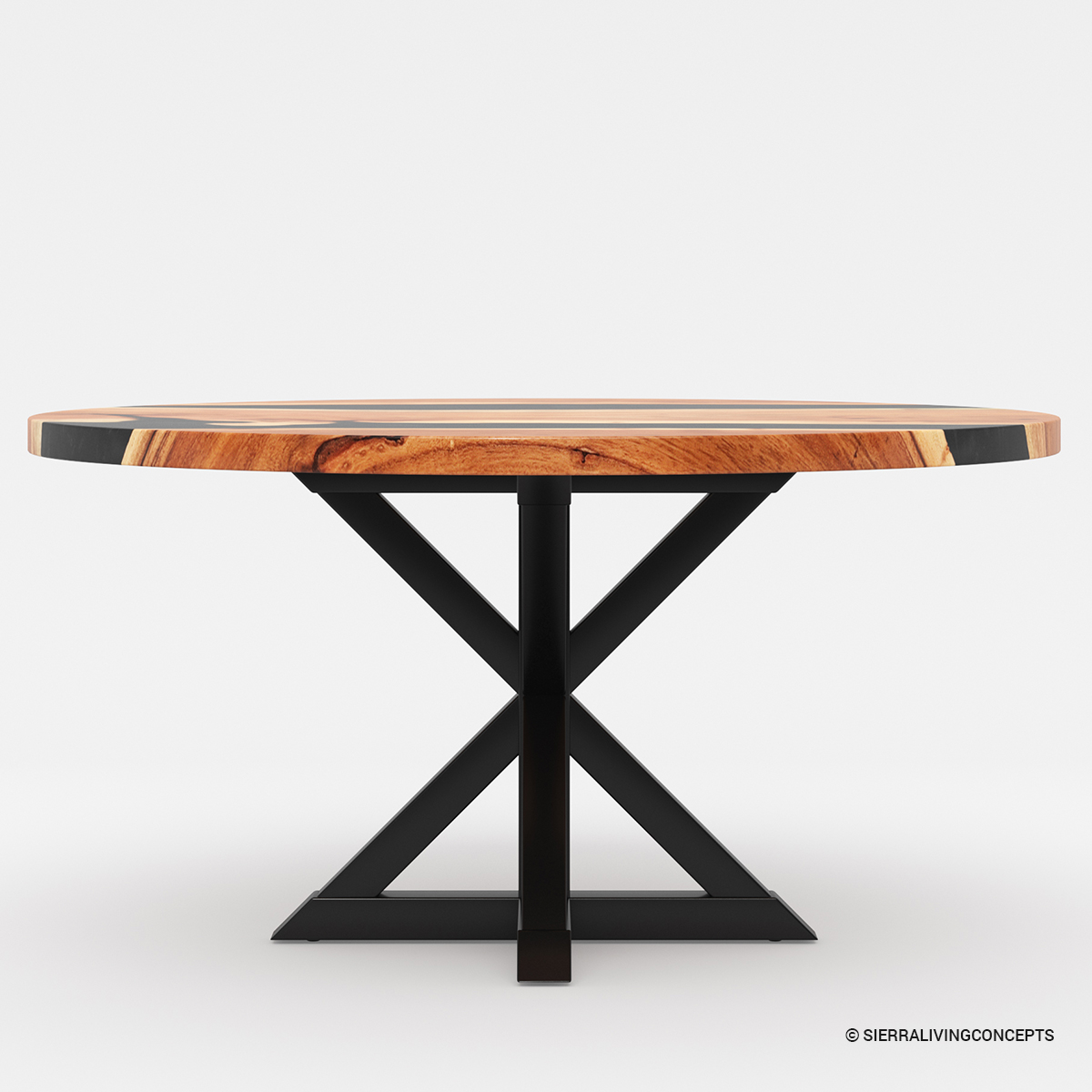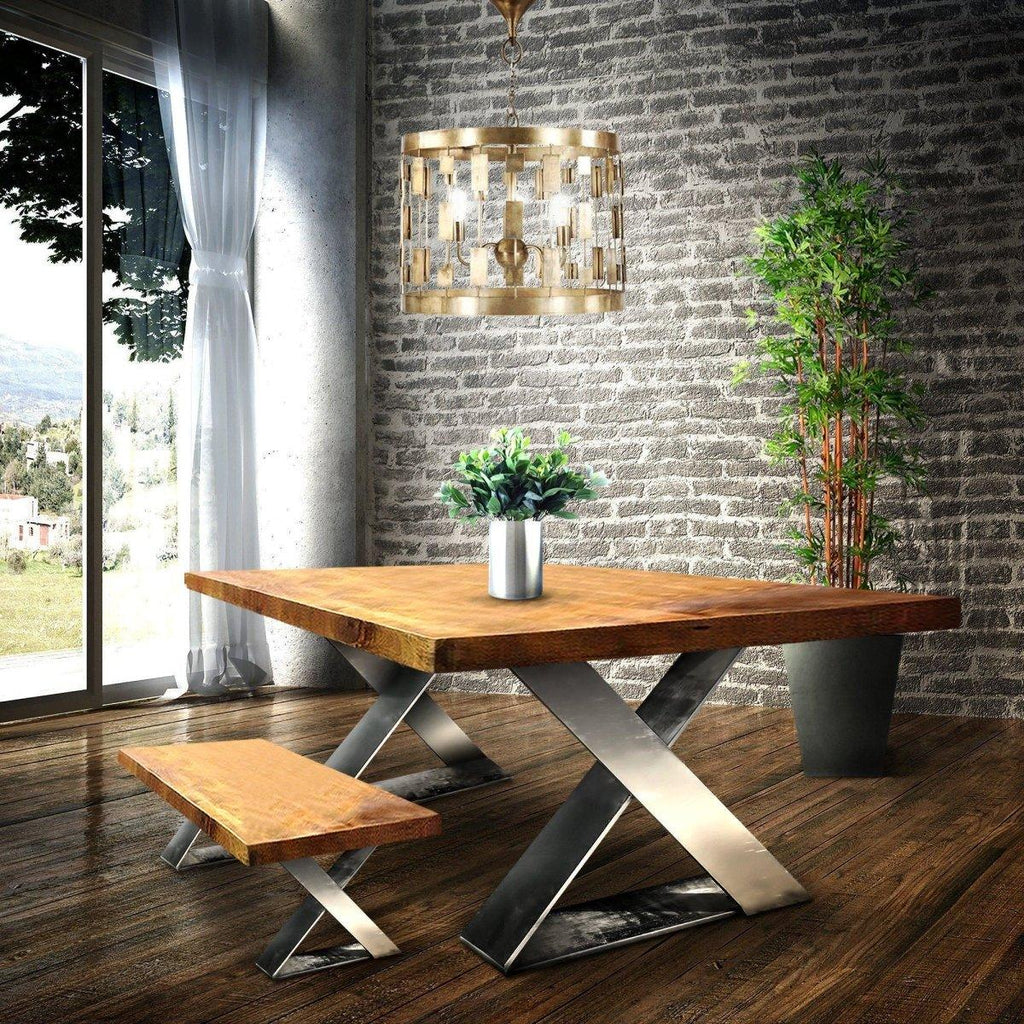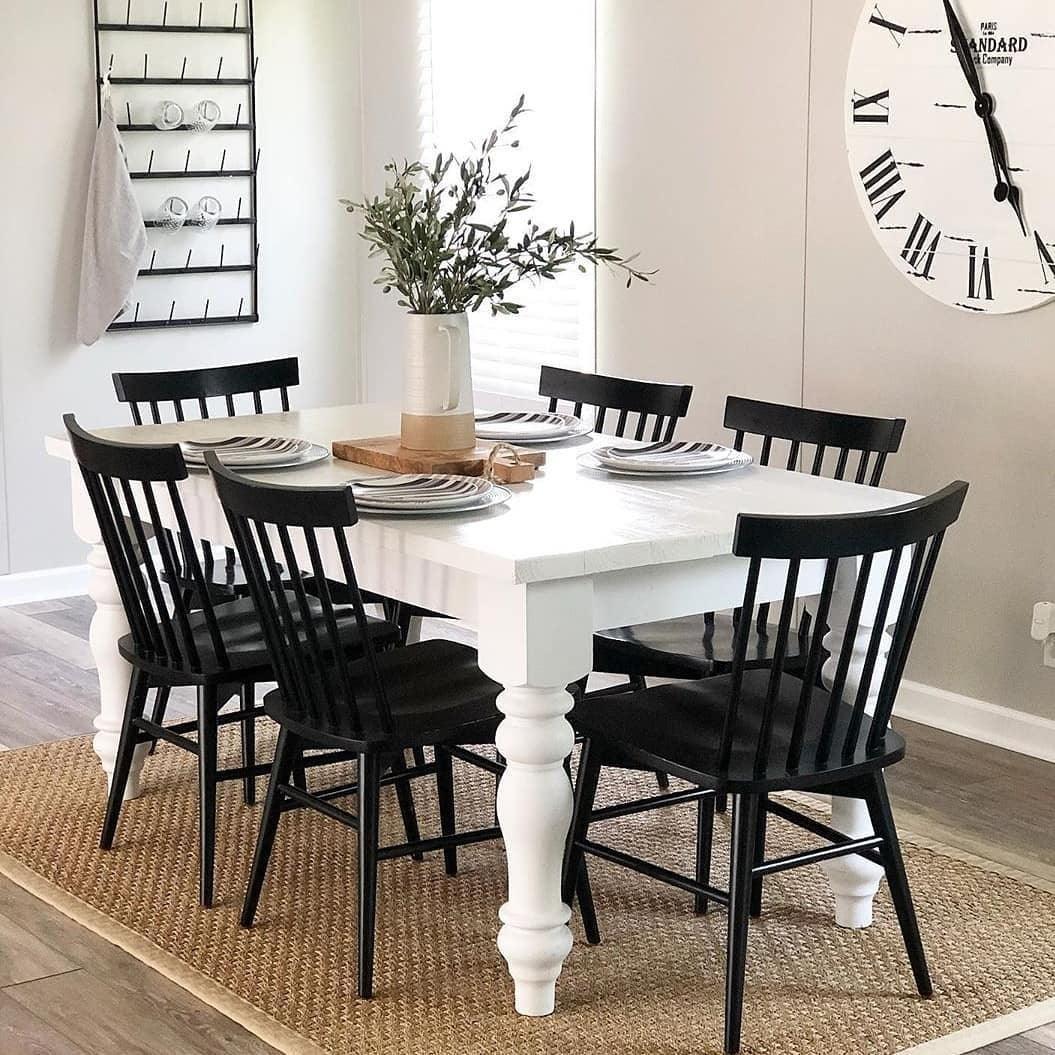How the Right Dining Room Table Legs Can Complete Your Dining Room Look
How the Right Dining Room Table Legs Can Complete Your Dining Room Look
Blog Article
Specialist Tips for Putting Up Dining-room Table Legs for Optimum Stability
When it comes to installing dining area table legs, accomplishing optimum stability is critical for both capability and visual appeals. What certain strategies can boost security also further?
Choose the Right Legs
When choosing the suitable legs for your dining room table, it is important to take into consideration both capability and aesthetics. The legs you choose will considerably affect the total layout and security of the table. Evaluate the table's intended usage; if you anticipate constant celebrations, sturdier legs, such as those made from solid timber or steel, might be more suitable, as they provide increased resilience and assistance.
Common dining tables normally vary from 28 to 30 inches in height, so make sure the legs straighten with this criterion for convenience. Conical legs can include a modern touch, while turned legs could communicate an extra traditional visual.

Select Appropriate Equipment
Exactly how can the best hardware improve the stability and durability of your dining-room table? The choice of appropriate equipment is important to making sure that the legs of your table are securely affixed and able to endure regular usage. Premium screws, bolts, and braces offer the required toughness to support the weight of the table, as well as any type of additional tons placed upon it throughout meals or events.
When selecting screws, opt for those made from durable materials such as stainless steel or brass, which resist deterioration and maintain integrity with time. The length of the screws is similarly important; they must penetrate deeply into the table's framework without compromising stability. For bolted links, think about making use of lock washers to stop loosening up due to vibration or movement.
Additionally, utilizing corner brackets can include extra assistance, particularly for bigger tables or those with heavier tops. These braces disperse weight equally and aid preserve the table's form. Guaranteeing that the hardware you pick is appropriate for the particular products of your table will certainly better enhance its overall stability and durability, permitting you to appreciate your dining experience for years to find.
Ensure Appropriate Placement
Proper alignment of dining room table legs is important for both aesthetic appeal and functional stability. To accomplish optimal alignment, start by gauging the distance from the table's corners to the leg add-on factors.
Utilize a degree throughout installment to confirm that each leg is perpendicular to the table top. It is a good idea to mark the wanted leg settings on the underside of the table with a pencil or concealing tape prior to safeguarding them.
In addition, confirm the placement after the preliminary screws are tightened up, as modifications might be required prior to completely protecting the hardware. By focusing on proper alignment, you not just improve the table's overall style More about the author but additionally guarantee that it remains practical and stable for several years to come.

Take Into Consideration Weight Circulation
After making sure appropriate alignment of the dining-room table legs, it is necessary to consider weight circulation to improve stability and capability. dining room table legs. Appropriate weight distribution is critical in stopping wobbling and making certain that the table can sustain its intended lots without danger of tipping or collapsing
When placing the legs, guarantee they are placed at equivalent distances from the facility of the table to evenly distribute the weight throughout the structure. Take into consideration the weight of the tabletop and any kind of products that will regularly hinge on it, such as decorative pieces or tabletop appliances. Tables with larger surface areas ought to preferably have legs positioned closer to the corners, as this optimizes the base of support and decreases the danger of instability.
In addition, if the table is meant for use in a high-traffic location, take into consideration using larger materials for the legs or including hop over to here stabilizing aspects, such as cross-bracing or a reduced shelf - dining room table legs. These modifications can help preserve equilibrium and prevent moving throughout usage. Eventually, a well-considered weight circulation method will significantly improve the table's total performance, ensuring it stays a attractive and practical focal point for your eating space
Test Stability Before Use
Examining the stability of the eating area table prior to use is an essential action that must not be ignored. If the table shows instability, determine the legs or joints that may require adjustment.
Next, inspect that all bolts and screws are tightened up appropriately. Loosened connections can result in instability and potential damage over time. If essential, make use of timber adhesive on joints to improve stability, guaranteeing to allow adequate drying out time.

Verdict
Finally, the installation of dining-room table legs calls for careful consideration of products, weight, equipment, and positioning circulation to achieve maximum stability. By selecting tough legs and premium bolts, making sure exact alignment, and distributing weight equally, the structural integrity of the table can be considerably improved. Carrying out a stability test prior to routine use additionally makes certain that the table will stand up to daily pressures, consequently supplying a secure and trusted dining experience.
When it comes to mounting eating room table legs, achieving optimum stability is paramount for both performance and looks. The legs you select will substantially influence the overall design and stability of the table (dining room table legs). Conventional eating tables usually vary from 28 to 30 inches in elevation, so make certain the legs line up with this criterion for comfort.Appropriate alignment of dining area table legs is important for both visual charm and useful stability.In final thought, the installation of eating area table legs calls for cautious consideration of materials, hardware, alignment, and weight circulation to achieve maximum stability
Report this page